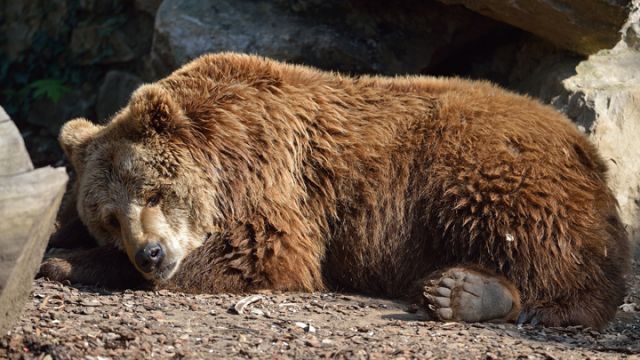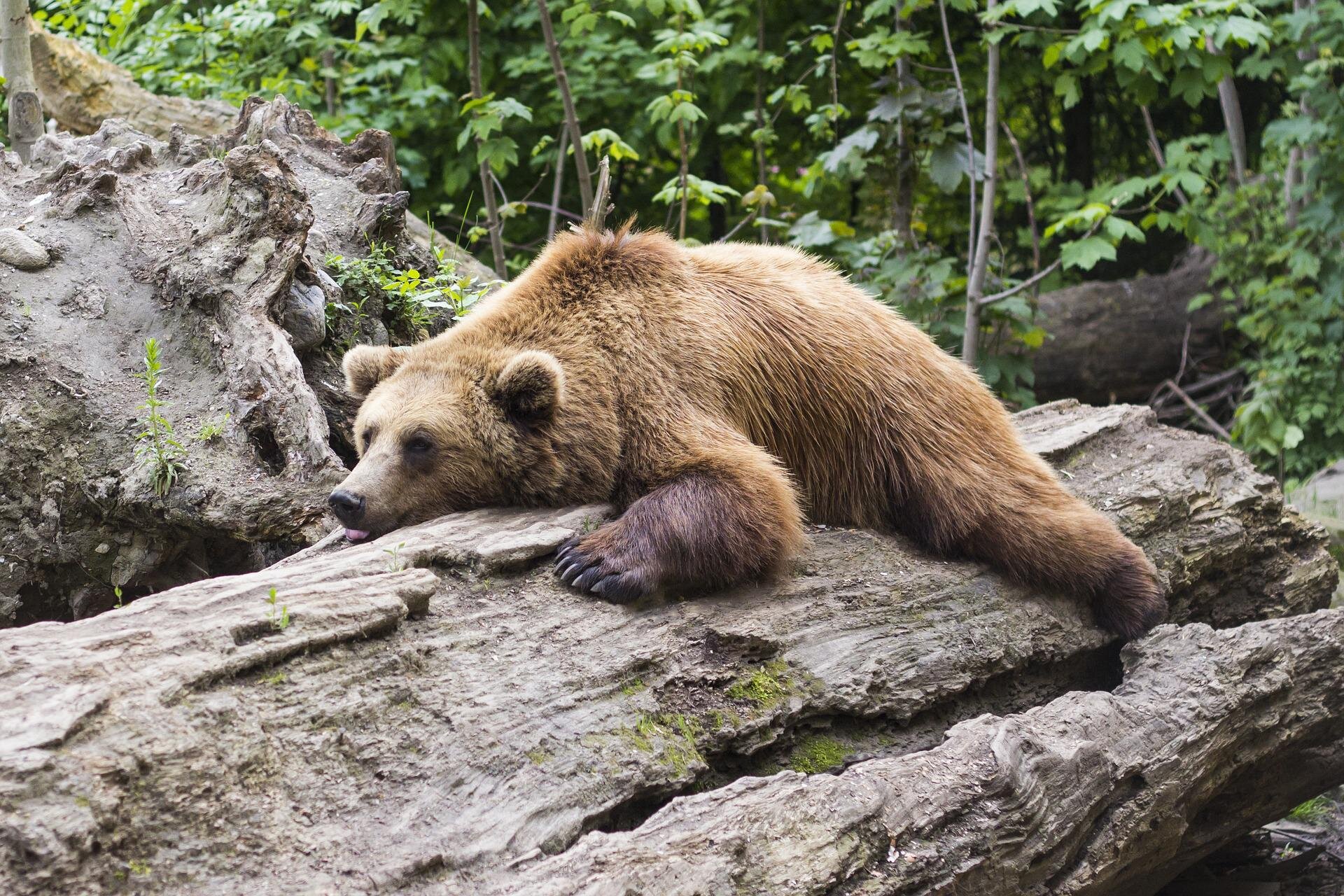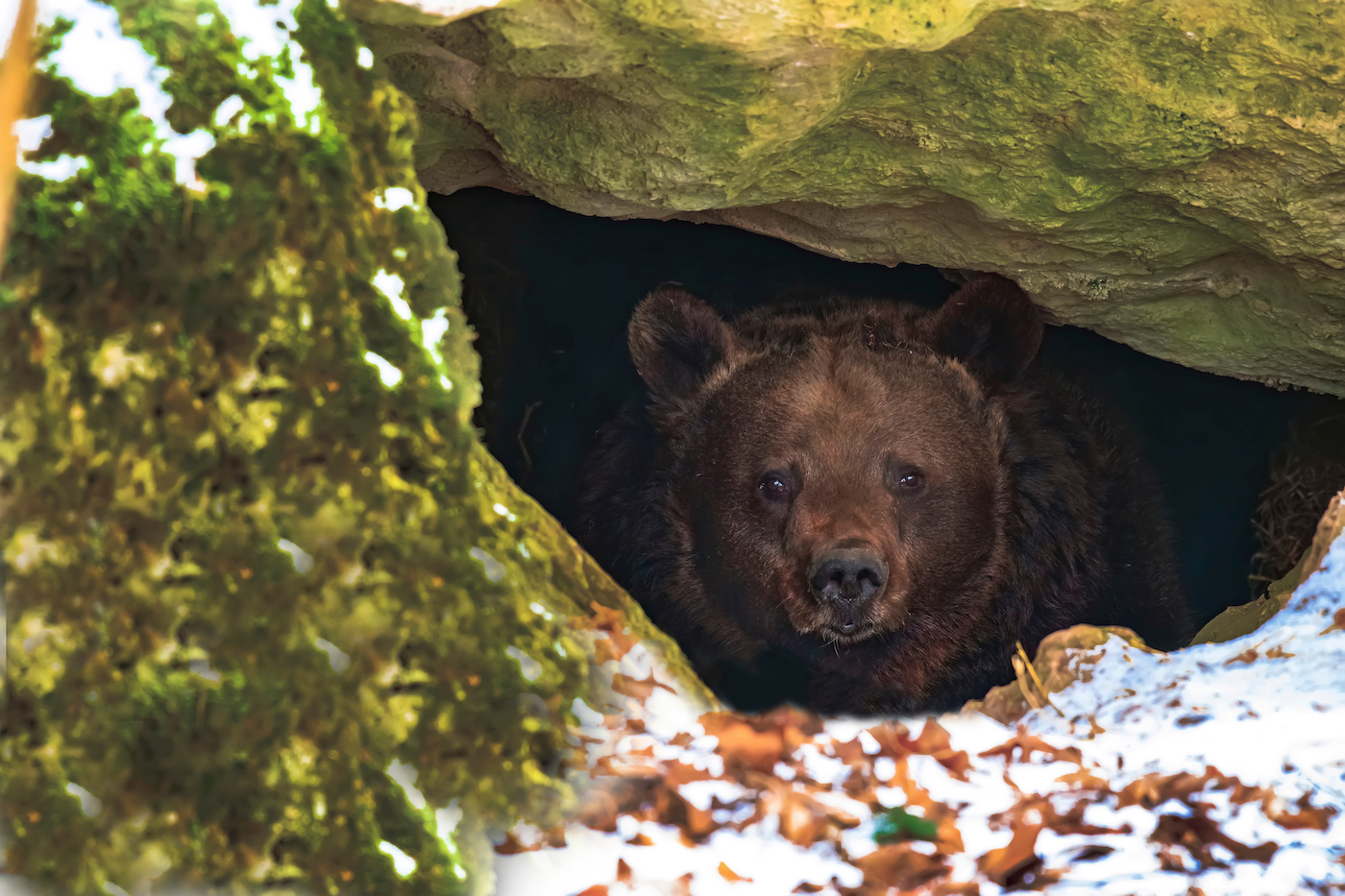
A new study reveals hibernating bears may hold the answer to a possible diabetes cure for humans. Read to know all about this groundbreaking research.
How are diabetes cure and bear hibernation related?

A new study published by researchers at the Washington State University Bear Center revealed how bears can consume enormous amounts of food and hibernate for months without facing the consequences of a sedentary life.
As per the study, there are eight proteins involved in ensuring bears are diabetes free during hibernation. Surprisingly, these proteins also have human counterparts, which the experts believe may help us better understand and possibly treat diabetes in humans.
It is important to remember bears are not completely sedentary during their hibernation. They spend some time being awake or moving. However, they do not eat.
“If you saw this in humans, it would be very medically concerning,” stated Blair Perry. Perry is a researcher from the university, working on the study.
Inactivity and obesity are the top factors contributing to Type 2 diabetes in humans

Inactivity and obesity are the top factors contributing to Type 2 diabetes in humans. Additionally, this type of diabetes develops when the body loses the ability to properly utilize the hormone insulin, which controls the level of glucose in the blood.
Insulin helps move sugars from food to the body’s cells for energy, but in people with diabetes, these sugars build up in the blood. Insulin resistance is the term for this condition, which occurs when cells gradually lose their sensitivity to insulin and are unable to absorb sugar from the blood.
The study explains how bears also experience insulin resistance during their hibernation, but their insulin and blood sugar levels stay stable and they do not develop diabetes. The researchers for this study collected blood serum and fat cell samples from some of the bears housed at the Washington State University Bear Center.
According to the study, some samples were taken during the active season and others during the hibernation period. Researchers fed the bears honey water during their two-week hibernation period, which interfered with their daily routine. To further investigate the altered gene activity in the cells, the researchers combined various cell cultures and serum samples gathered both during the active and hibernation periods.
The study can help create new medications and diabetes cures
They also observed that the cells’ gene activity was similar to that of cells from the active season when they applied serum from the period of disrupted hibernation to cells taken from bears that were hibernating normally. Thus, the eight crucial proteins that appeared to be associated with both insulin resistance and insulin sensitivity could be narrowed down by the researchers.
“The more we understand about how this is working in bear the better footing we’ll have for translating this to human studies,” stated Perry.
The study can help create new medications and diabetes cures. It can also help in broadening the implication of the research. Additionally, it is important to note that bears do not lose muscle or bone mass while hibernating. However, humans lose muscle function and bone mass due to inactivity.






